
As a herald of hope for peace and better times, in September 1944 Volvo presented the PV444 at the large Volvo exhibition in Stockholm. The price was very attractive – 4,800 Swedish kronor, the same that the ÖV4, Volvo’s first car, cost in 1927.
American styling influenced the appearance of the 444. This car was the first Volvo to have a unitary body without a separate frame. It was also equipped with a laminated windscreen, an important new safety innovation. Interest was enormous and the original planned production figure of 8,000 cars became almost 200,000 before the PV444 became the PV544. The 444 was the first small Volvo car and the one that really set car production at Volvo moving.
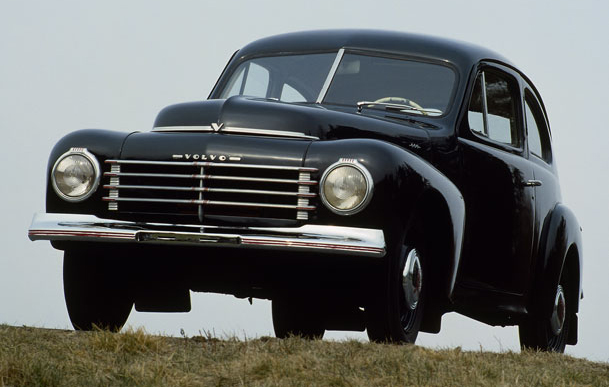
TECHNICAL SPECIFICATIONS
- Variants: A/AS
- B/BS/BQ/BQS
- C/CS/CQ/CSQ
- D/DS/DQ/DSQ
- E/ES
- H/HS/HE
- K/KS/KE
- L/LS
- Produced: 1946 -1958
- Volume: 196005
- Body: 2-door saloon
- Engine: In-line, 4-cylinder: 1,414 or 1,583 cc, 4085 bhp.
- Transmission: 3-speed with floor-mounted gear lever.
- Brakes: Hydraulic drums on all wheels.
- Dimensions: Wheelbase 2,600 mm.

The Volvo PV444 was the start and the symbol for the new Volvo after the Second World War, and marked the start of its export drive to the USA. 1 September will mark the 70th anniversary of its première in royal presence.
On 1 September 1944 an exhibition opened that would become very important for the development of Volvo. The location was the newly built Royal Tennis Hall in Stockholm.
Out in the world the Second World War was still going on. But Volvo was looking ahead to the peace that would come shortly. The exhibition was to show what the then 18 year old company had done previously, what they were producing at the time, and what the public could expect when peace came.
The exhibition covered the entire Volvo Group and visitors got to see everything from a tank to hole grinding machines – and two new Volvo cars: The PV60 and the PV444. They were called “Volvo’s doves of peace” in Volvo’s customer magazine, Ratten.
The PV60 was a pre-war design meant to have premièred in 1940, but when the Second World War broke out the plans were scrapped because production of civilian cars by Volvo practically ceased.
The big star at the exhibition at the Royal Tennis Hall was, without a doubt, the “little Volvo”, the PV444. Visitors stood on several levels to catch a glimpse of the car. What they got to see was a prototype that could not even run.
When the PV444 was unveiled in September 1944, work to develop the model had only been going on for a couple of years. Around 40 designers were working on developing the new car. A full scale wooden model was built and painted black, with silver paint denoting where there were meant to be windows. It was completed in March 1944 and shown to Volvo’s founders Assar Gabrielsson and Gustaf Larson. After having looked at the car for a short time, both gentlemen took a decision that would affect Volvo’s entire future as a car manufacturer – the car would be built.
During the exhibition and briefly thereafter, 2300 sale agreements for the PV444 were signed. But it would be some time before any cars could be delivered. During the years that followed, prototype cars were subjected to tough testing, and it was only on 3 February 1947 that the first car was signed off, with production starting in earnest the next month.
The PV444 was not just the first smaller car made by Volvo. It was also the first model with a monocoque body. The four-cylinder engine was a completely new design and was Volvo’s first overhead valve design for a passenger car. The engine was 1.4 litres and its first version was capable of 40 hp SAE. All of the so-called A model PV444s were painted black using cellulose paint with metal parts inside the car painted in a light green colour.
Among the prominent visitors to the inauguration on 1 September 1944 were Prime Minister Per Albin Hansson, Crown Prince Gustaf Adolf, Princes Carl and Eugen, and Prince Carl Johan, uncle of King Carl XVI Gustaf. They were received by Volvo’s founders Assar Gabrielsson and Gustaf Larson.
When the exhibition in Stockholm closed after ten days, 148,437 visitors had passed through. The queues regularly snaked along Lidingövägen outside of the Tennis Hall. Every day a PV444 was raffled among visitors to the exhibition. Everyone who had a phone subscription in Stockholm had received a free ticket. Many paying visitors also came and paid an entrance fee of one krona. Income from ticket sales was donated in full to the Red Cross.
When the PV60 and PV444 were presented Volvo’s exports were modest. The magazine Ratten said the cars would: “make the public here in Sweden happy and even to some extent abroad once peace is reinstated”. But it was with the PV444 that Volvo would establish its historically most important export market: the USA. On 15 August 1955, the first trial delivery of PV444s arrived in Los Angeles. The year after, Volvo had made its way to second place among the import brands in California.
Originally, it was intended for 8,000 PV444s to be built, a rather bold goal given that Volvo had previously never built more than 2,000 cars. But the “little Volvo” hit the mark just right. Almost 200,000 PV444s were produced up to 1958. If you include the modernised PV544, which was produced until October 1965, the total becomes exactly 440,000 cars. 160,000 of these were exported and 280,000 were sold in Sweden.

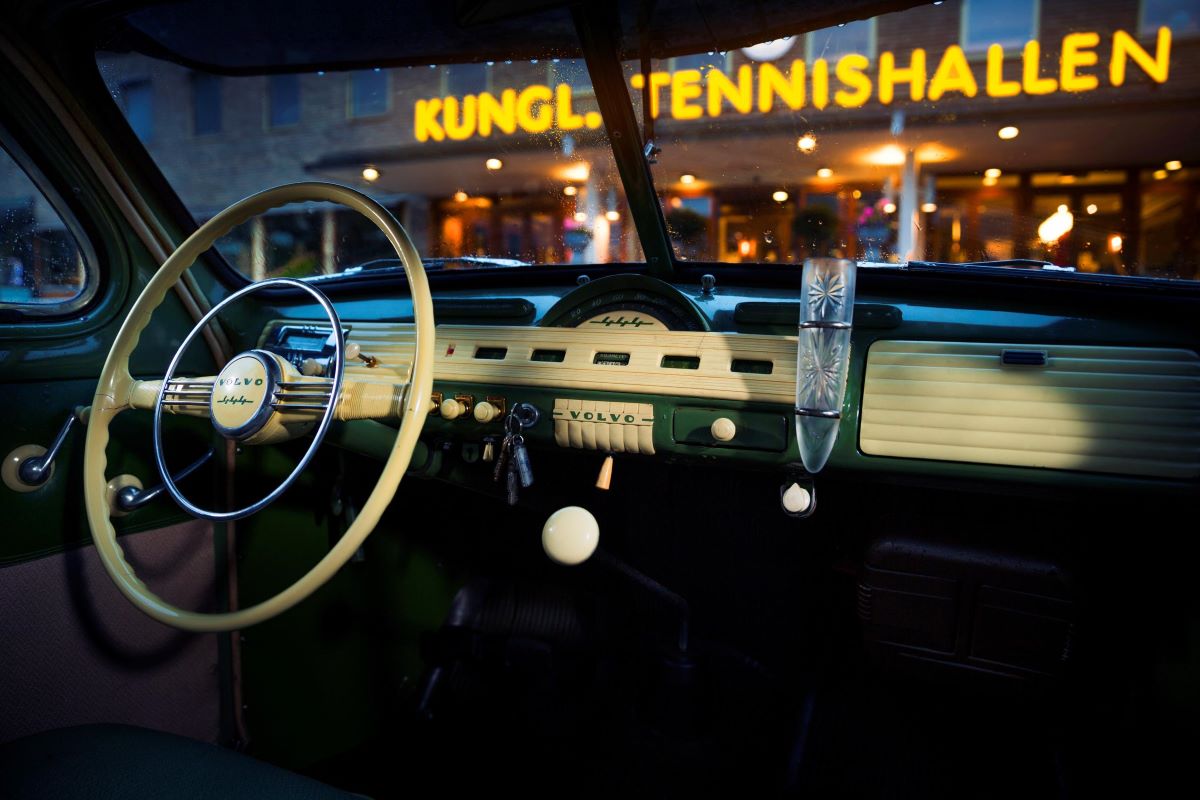
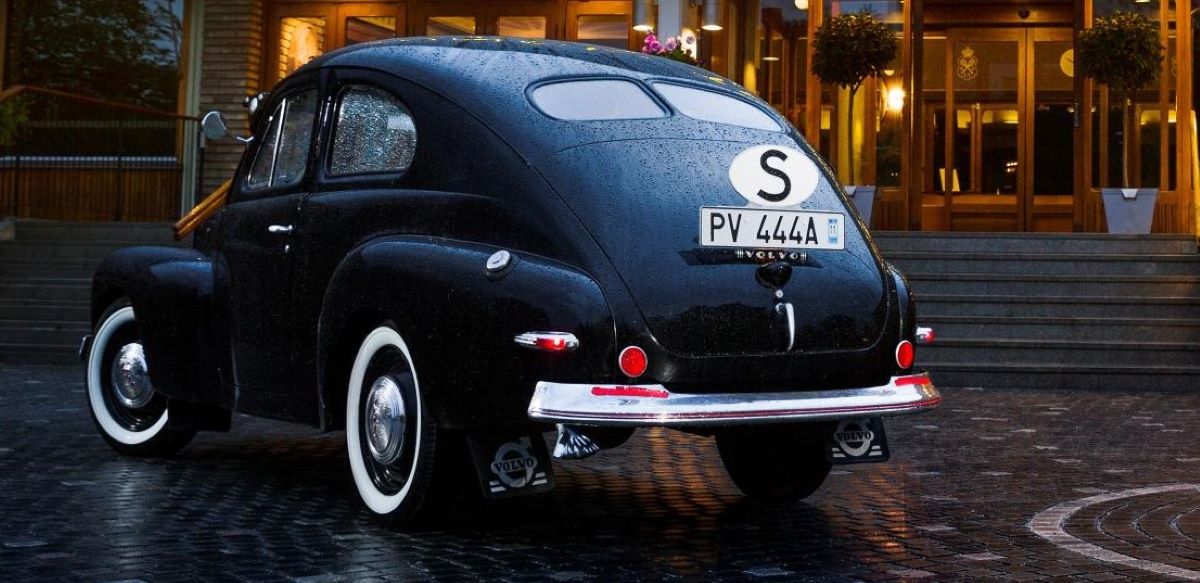
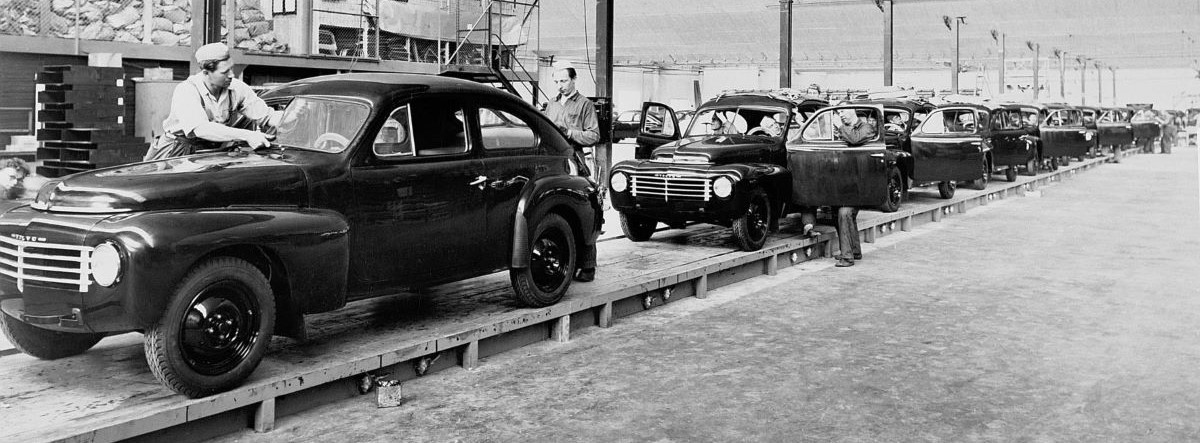
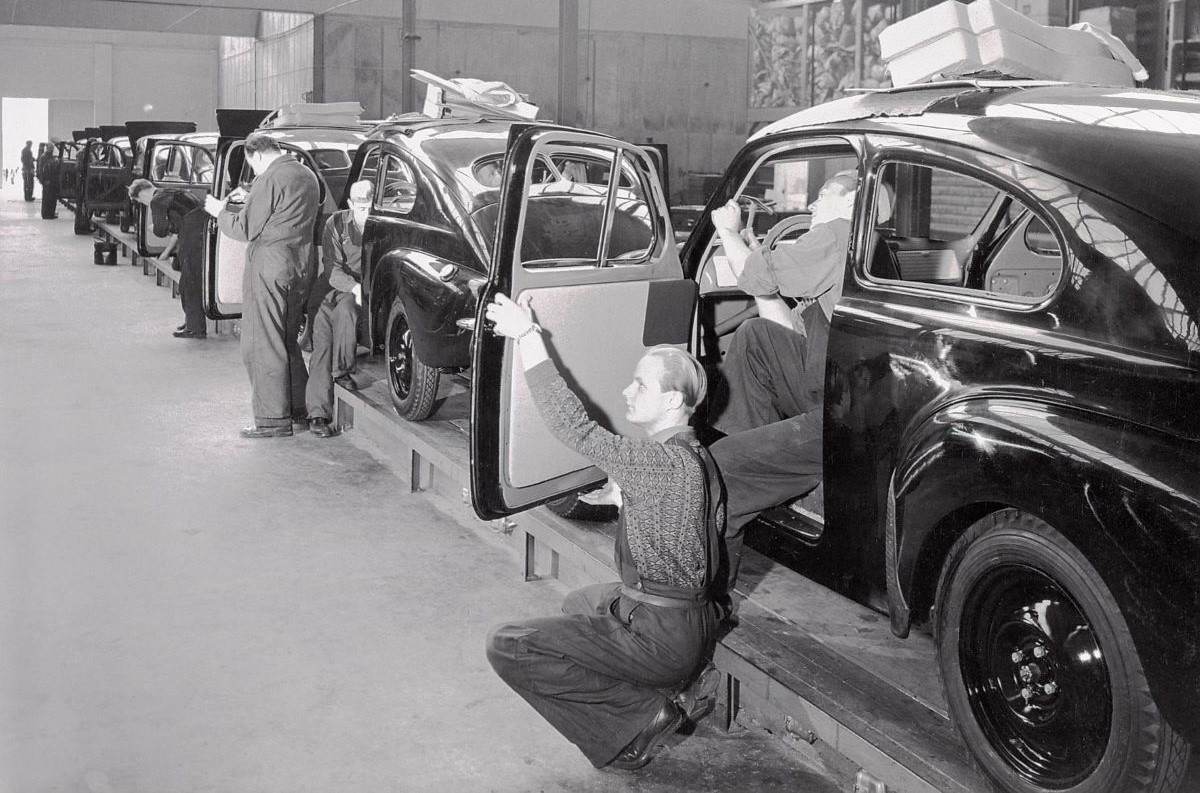

You must be logged in to post a comment.